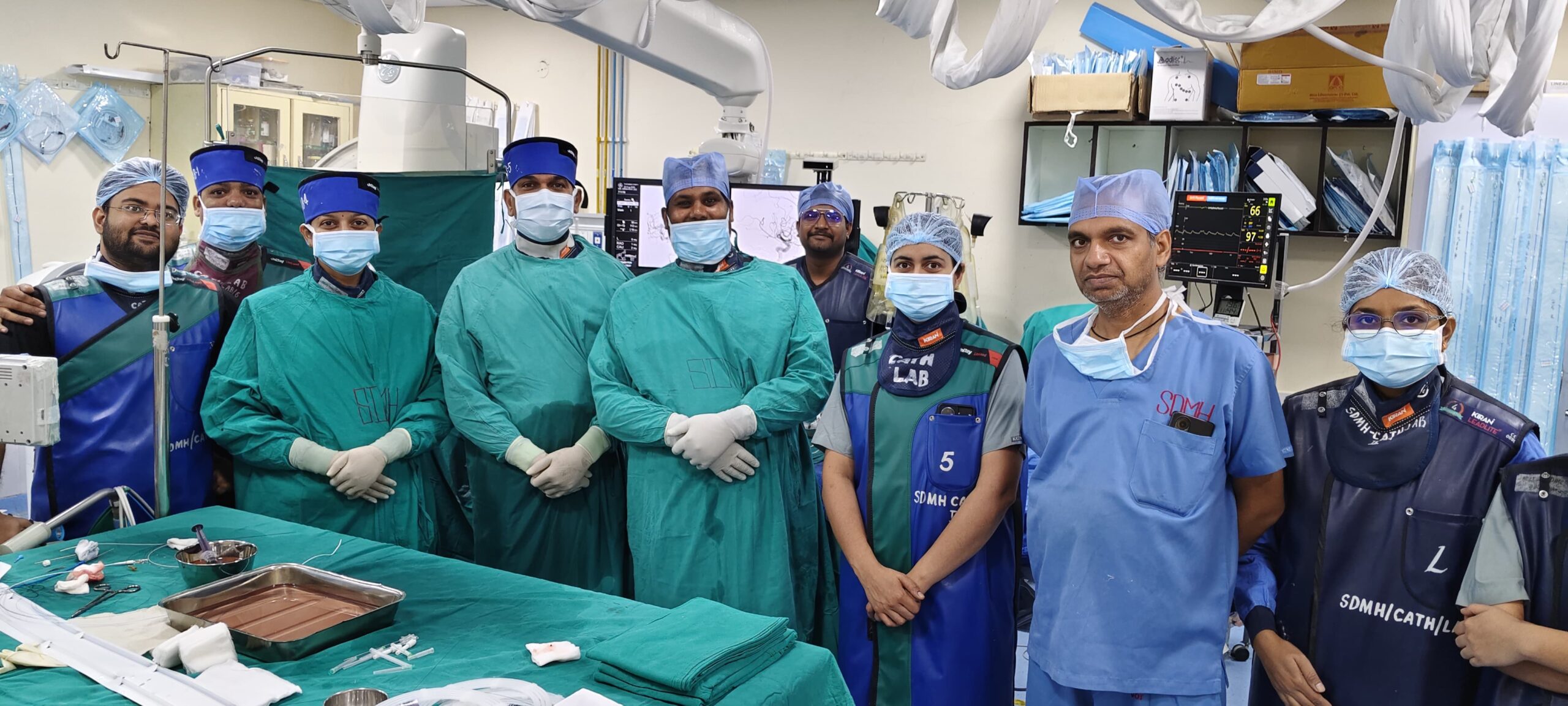Subtotal ₹0.00
Shopping cart
- drsharmadp@gmail.com
- B-434, Pradhan Marg, Vidyut Abhiyanta Colony, Malviya Nagar, Jaipur (Raj.)
An arteriovenous malformation (AVM) is an abnormal tangle of blood vessels where arteries connect directly to veins, bypassing the capillary system. This disrupts normal blood flow and can cause serious complications like bleeding, seizures, or stroke. Dr. D.P. Sharma (MBBS, MS, M.Ch Neurosurgery, Fellow Endovascular Surgery) specializes in endovascular and microsurgical AVM treatment, providing advanced care to patients in Jaipur.
An AVM is a rare but serious vascular condition, most often found in the brain or spinal cord. Because the blood vessels are fragile and under high pressure, AVMs carry a high risk of rupture and bleeding into the brain (intracranial hemorrhage).
Untreated AVMs can rupture, leading to brain hemorrhage, stroke, or even death. Even unruptured AVMs may cause seizures or neurological problems due to altered blood flow. Early diagnosis and treatment are crucial to prevent life-threatening complications.
Definition: The AVM is accessed through an artery, usually starting from the groin or wrist.
Why it’s done: Allows direct delivery of embolic material into feeding arteries of the AVM.
Process: A catheter is guided under X-ray into the artery feeding the AVM, and liquid embolic agents (like glue or ONYX) are injected to block the abnormal vessels.
Recovery: Patients typically recover in 24–48 hours, though complex AVMs may need staged treatments.
Definition: The AVM is accessed through the venous side instead of arteries.
Why it’s done: Useful when arterial access is difficult or risky; provides alternative route to close the AVM.
Process: A catheter is threaded through a vein to reach the AVM’s draining veins, and embolic agents are injected to close the abnormal connections.
Recovery: Similar to transarterial, with short hospital stays and rapid return to activities.
Definition: A medical “glue” that solidifies instantly on contact with blood, sealing abnormal vessels.
Role: Effective in permanently blocking feeding arteries of the AVM.
Definition: These are advanced liquid embolic agents, each with slightly different viscosity and properties, designed to flow into and seal abnormal blood vessels.
Role: Provide controlled embolization with better safety and success rates in complex AVMs.
Definition: A liquid embolic glue used to block aneurysms or abnormal vessels.
Role: Especially useful for complex aneurysms or in combination with coils.

Dr. Sharma is one of the few neurosurgeons in Jaipur with specialized training in endovascular neurosurgery and embolization techniques. His expertise in using modern embolic agents like ONYX, SQUID, and NBCA glue ensures high success rates with minimal risks.
If you or your loved one has been diagnosed with an AVM, don’t delay treatment. Schedule a consultation with Dr. D.P. Sharma, Senior Neurosurgeon in Jaipur today for expert evaluation and advanced treatment options.
No, AVMs do not disappear naturally. They require medical intervention to prevent rupture.
Yes, embolization is a minimally invasive, safe, and effective treatment. However, the approach (transarterial or transvenous) depends on AVM anatomy.
Sometimes, embolization is combined with surgery or radiosurgery for complete cure. Each case is personalized based on AVM size and location.

WhatsApp us !